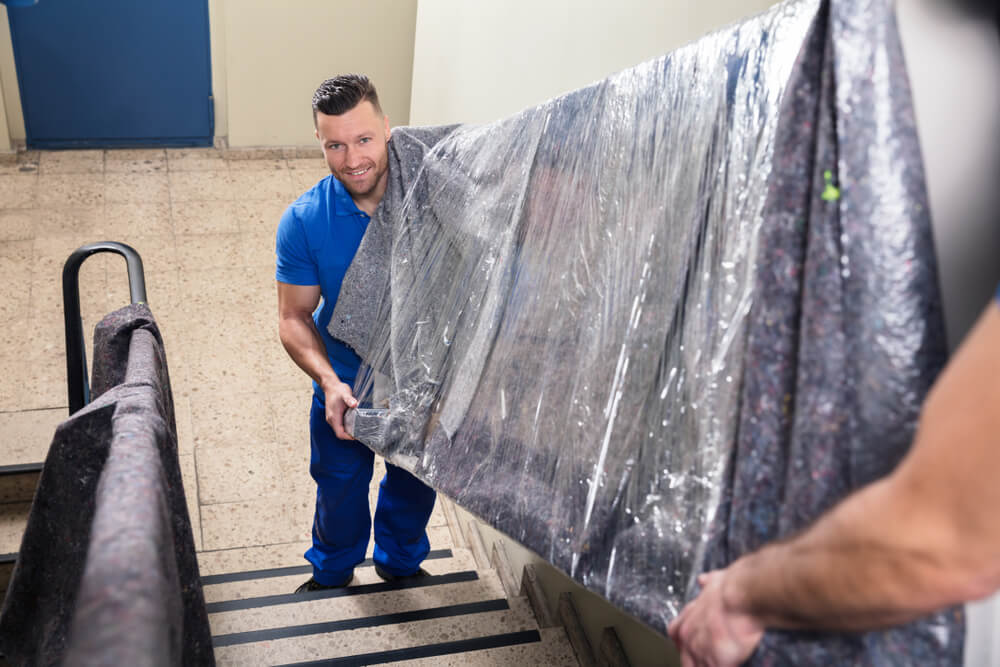Do I Need Special Equipment for Hatha Yoga? | Mornington, Australia Guide
If you’ve ever strolled past a yoga studio in Mornington, Australia, and wondered, “Do I need special equipment for Hatha Yoga?”, you’re not alone. “As yoga continues to gain popularity across the Mornington Peninsula, many beginners are unsure whether they need to splurge on gear or simply show up and stretch.” said Jane Benson from Bikram Yoga Mornington.

The short answer? No, you don’t need much to start—but there are a few tools that can enhance your practice, especially if you’re looking to build a sustainable and effective Hatha Yoga routine.
Understanding Hatha Yoga: A Brief Overview
Before diving into the equipment side of things, let’s ground ourselves in what Hatha Yoga actually is.
Hatha Yoga is a branch of yoga that emphasizes physical postures (asanas), breath control (pranayama), and meditation. It’s known for being accessible, gentle, and foundational—making it an ideal style for both beginners and experienced yogis alike.
In Mornington, you’ll find a growing number of studios, such as Bikram Yoga Mornington and Yogaville, offering Hatha classes tailored to various levels. Whether it’s a sunset beach session or a calming indoor class, the Peninsula’s tranquil vibe pairs perfectly with this mindful practice.
What You Actually Need to Start Hatha Yoga
Here’s where we answer the real question: Do you need special equipment for Hatha Yoga in Mornington or anywhere else?
Let’s break it down into essentials, helpful extras, and total non-essentials.
🧘♀️ The Essentials
These are the only things you truly need to get started:
- A Yoga Mat
- The single most important item for any yoga practice.
- Look for a non-slip mat that offers moderate cushioning.
- In Mornington, Lululemon at Bayside Shopping Centre and The Natural Wren offer great eco-friendly yoga mats.
- Comfortable Clothing
- Breathable, stretch-friendly attire is a must.
- Leggings, shorts, or joggers paired with a tank top or fitted tee work well.
- Brands like Lorna Jane and Nimble Activewear, both popular in Australia, offer excellent options.
🧘 Helpful Extras (That Aren’t Technically “Required”)
These tools can help deepen your Hatha Yoga experience:
- Yoga Blocks
- Perfect for beginners who are still working on flexibility.
- Provide support in standing poses or balance-based asanas.
- Yoga Strap
- Helps in stretching, especially if your hamstrings or shoulders need time to loosen up.
- Bolster or Cushion
- Ideal for restorative poses or long-held seated positions.
- Blanket
- Used for comfort in savasana or for additional support under knees or hips.
Most studios in Mornington will provide these for in-person classes, but having your own can make home practice more enjoyable and hygienic.
❌ The Not-So-Necessary (But Often Hyped)
- Fancy yoga wheels
- High-tech yoga wearables
- Designer mats that cost as much as rent
Unless you’re practicing yoga as a lifestyle brand, you don’t need these. Focus on the basics and let your practice—not your gear—do the heavy lifting.
Mornington Yoga Scene: What to Expect Locally
One of the advantages of starting Hatha Yoga in Mornington is the community support and nature-infused vibe. Studios like Soul Space Yoga and The Yoga Collective Mornington offer small-group Hatha classes with experienced teachers who emphasize form, breathwork, and mindfulness.
You’ll also find yoga on the Mornington Beach Foreshore, often offered during warmer months as part of wellness retreats or community programs. These outdoor sessions are beginner-friendly and often require nothing more than a mat and an open heart.
Local Tips:
- Check out Mornington Peninsula Shire Council events—there are occasional free or donation-based yoga sessions.
- Local Facebook groups like “Mornington Peninsula Yogis” are great for gear swaps and studio reviews.
Does Equipment Impact Progress in Hatha Yoga?
Short answer: To a degree, yes—but not how you might think.
The real growth in Hatha Yoga comes from consistency, body awareness, and a calm, present mind. That said, the right equipment can support alignment, reduce injury risk, and improve comfort—especially for beginners or those with mobility challenges.
For example:
- A yoga block can help someone who can’t quite reach the floor in Triangle Pose, enabling better spinal alignment.
- A strap can help you access shoulder stretches that would otherwise feel painful or inaccessible.
In Mornington’s cooler months (yes, it does get brisk!), layering with a warm top and using a blanket during the final relaxation pose can dramatically enhance your comfort—and willingness to return.
Eco-Friendly & Sustainable Yoga Gear Options in Australia
Living on the Mornington Peninsula, sustainability often comes top of mind. If you’re choosing gear, consider locally available eco-conscious brands:
- Second Earth (Australian brand, cork-based yoga mats)
- Jade Yoga (natural rubber mats, supports reforestation)
- Bhumi Organic Cotton (ethical yoga apparel)
Shopping locally also means supporting small businesses in Mornington, such as The Health Emporium or Eco Soul Collective, which often stock sustainable yoga accessories.
Practicing Hatha Yoga at Home vs. In Studio: Equipment Considerations
In-Studio Practice
Most Mornington yoga studios will provide mats, blocks, straps, bolsters, and blankets. However, in light of health and hygiene concerns, many practitioners now prefer bringing their own mats or towels.
At-Home Practice
If you’re streaming classes online (check Yoga With Adriene or Glo Yoga), having a personal setup can help replicate the studio feel. This might include:
- A quiet, clutter-free space
- Mat, block, strap
- Bluetooth speaker or calm playlist
- Aromatherapy (hello, Mornington lavender oils!)
Pro tip: Mornington’s Pure Peninsula Honey offers beeswax candles that make great additions to a serene yoga space.
Final Thoughts: Gear vs. Gumption
So—do you need special equipment for Hatha Yoga? Not really. At its core, yoga is about union—of body, breath, and mind—not branded leggings and $300 mats.
However, a few well-chosen tools can elevate your practice, especially if you’re easing into the Hatha path in a place like Mornington, where wellness meets coastal calm.
Start with the basics, listen to your body, and most importantly—keep showing up. The rest? It’s just accessories to the journey.















